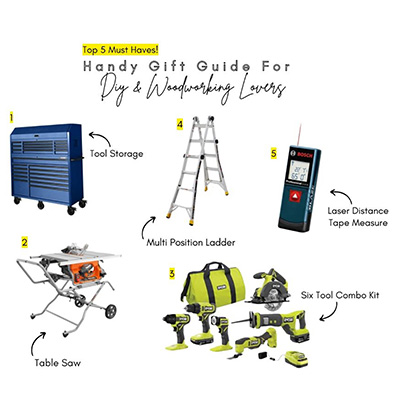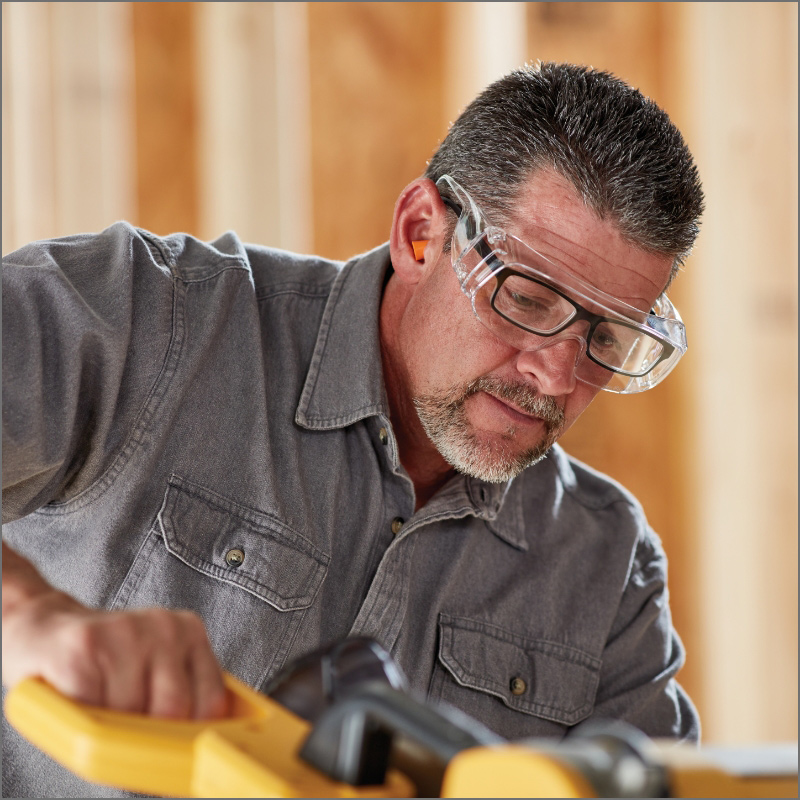Best Lathes and Planers for Your Project
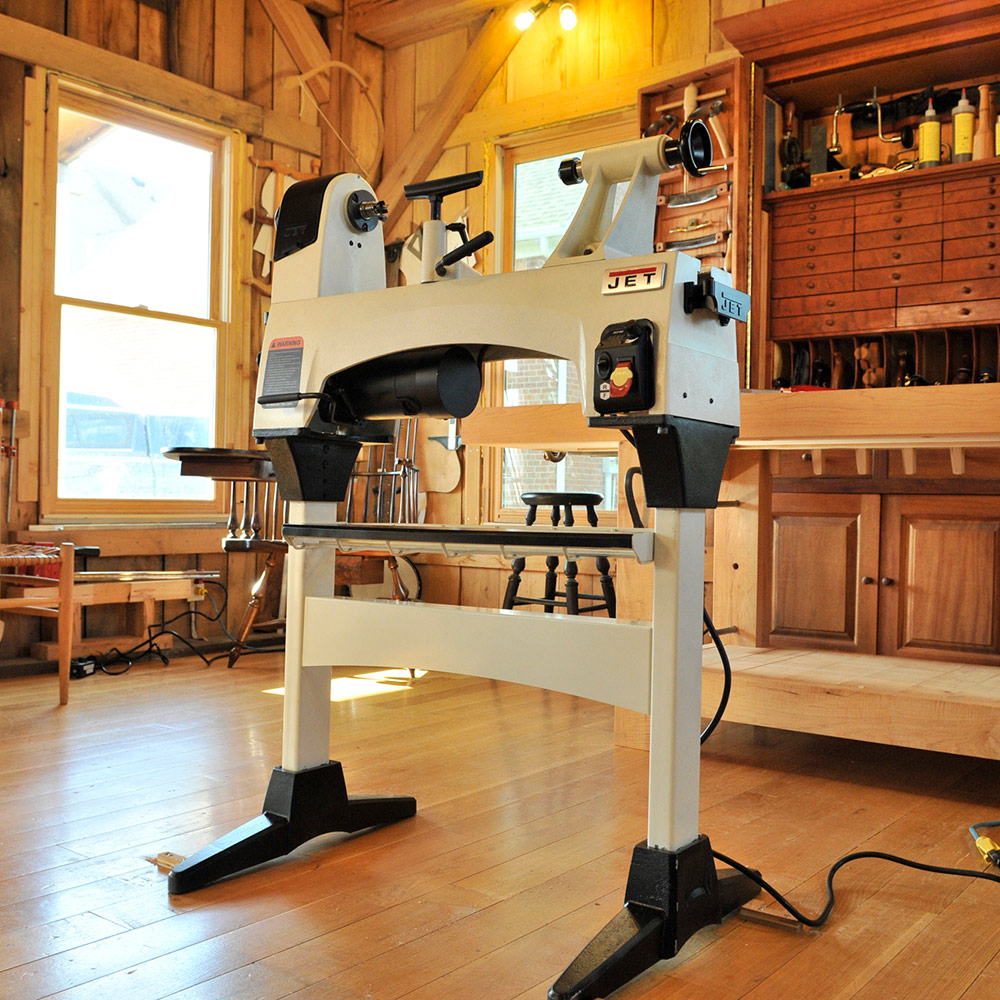
Last updated September 7, 2023
Lathes and planers perform different woodworking tasks, but each makes it easier for a woodworker to finish wood projects with a professional flair. This buying guide highlights the different uses of each and details the types, power and speed of lathes and planers.
Table of Contents
Types of Lathes and Planers
Lathe Capacity and Speed
Planer Capacity and Speed
Types of Lathes and Planers
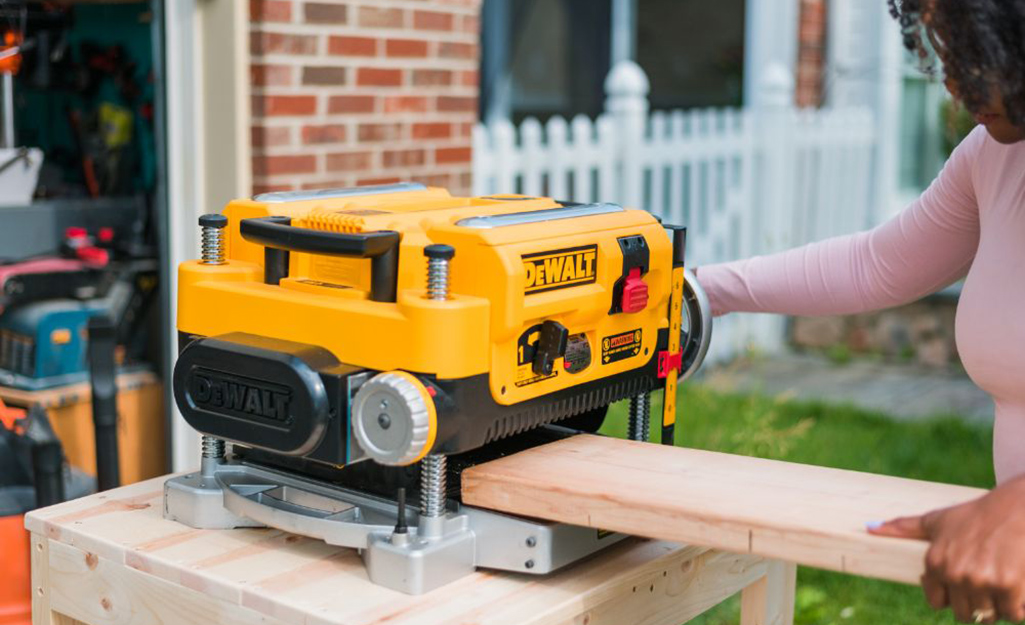
Lathes shape wood by turning the piece as chisels and gouges whittle wood away. Lathes are used to create items such as furniture legs, bowls and balusters. A tool rest slides on the bed between the headstock and tailstock of the lathes so you can steady your tools as you shape the wood. Look for a model that includes different speeds, as more rigid materials require faster speeds to shape.
- Bench-top lathes have a 12-inch to 16-inch maximum capacity swing with a 30-inch to 42-inch maximum distance between centers.
Bench-top lathes save on money and space. - WEN lathes have a 4-inch to 10-inch maximum capacity swing and a 10-inch to 16-inch maximum distance between centers.
- Stationary lathes have a maximum capacity swing of 16 inches or more. The maximum distance between centers is typically 40 inches or more. These types of lathes have more power than a bench-top model.
- Mini lathes have a smaller capacity and are compact, portable and have a lower cost, great for hobbyists.
Planers trim wood boards to a consistent thickness on both sides of the wood using a rotating blade that shaves off thin layers of wood.
Planers are also called "thickness planers" because they reduce the thickness of a board.
- Bench-tops are less expensive and more compact.
- Stationary models are great for tackling large stacks of lumber.
- Handheld versions are also available.
Lathe Capacity and Speed
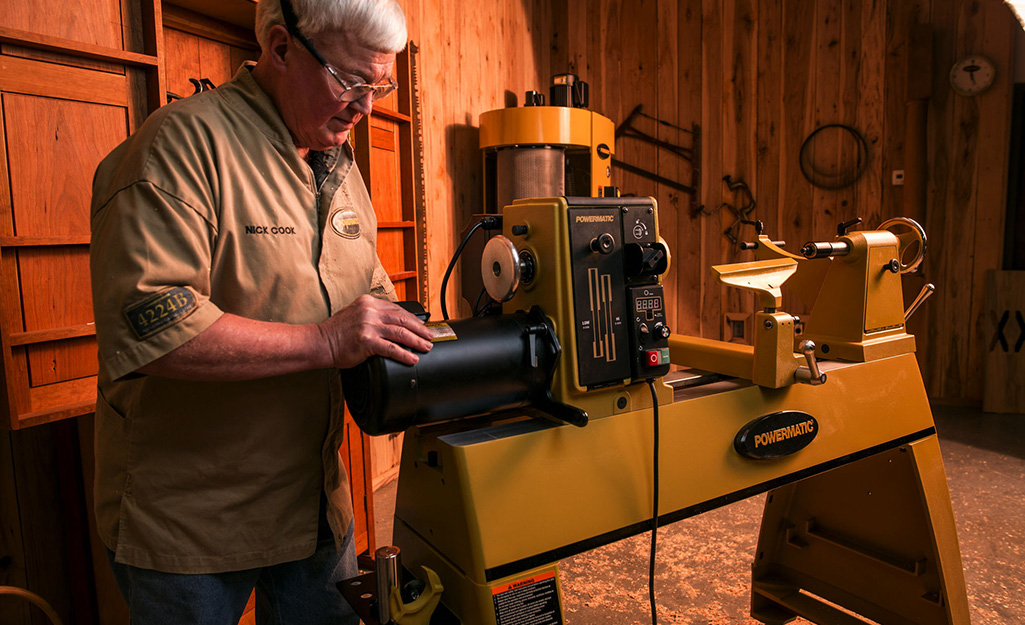
There are two important capacity dimensions for lathes: the swing and the distance between centers. Also, some materials such as hardwoods require a more powerful motor to shape the wood.
- The swing is the maximum diameter piece you can turn.
- The distance between centers is the maximum work length a lathe can handle.
- If turning large bowls, you need a spacious swing.
- If turning table legs, you need a length that can handle long pieces of wood, not just a large diameter.
- Lathes are designed with a range of capacities, including micro-sizes for shaping pens and other tiny work pieces.
- Some lathes allow you to mount a faceplate on the outside of the headstock for oversized turning.
- Lathes range in horsepower from one-half to three hp.
- Difficult materials require a lathe with more horsepower.
- Look for a model with a dust port to attach to a shop vac or dust collection system to catch dust.
Planer Capacity and Speed
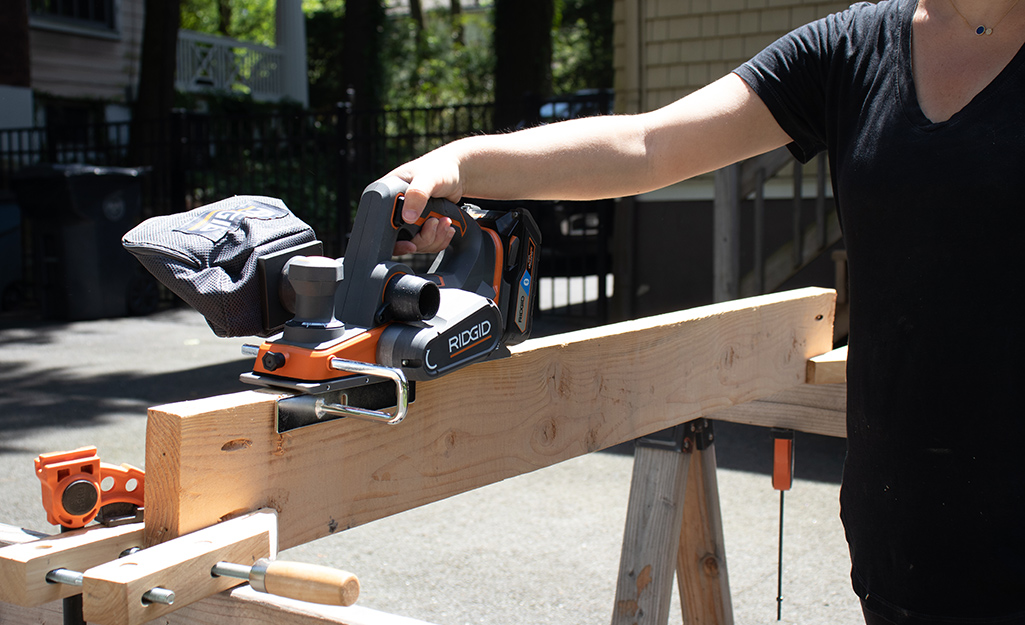
There are three important capacity dimensions for planers: the width of the stock, the depth of stock thickness and the depth of the cut.
- Stationary planers usually offer 3 to 10 horsepower with demanding voltage and amp requirements.
- Bench top planers offer 13 to15 amps and 120 V.
- The width capacity of planers are usually 12 to 20 inches.
- The depth of stock thickness is often 6 inches.
- Stationary planers can remove more wood material in a single pass compared to bench tops.
Bench-Top Capacity:
- Maximum workpiece width: 12" to 15"
- Maximum workpiece height: 4" to 6"
- Maximum depth of cut: 1/32" to 1/8"
Power:
- 13 to 15 amps, 120V
Number of Knives:
- 2 or 3
Advantages:
- Compatible with most home power outlets
- Compact, space saving
- Portable, can be transported to jobsite
- Adequate for most home users
Stationary Capacity:
- Maximum width: 13" to 24"
- Maximum workpiece height: 6" to 10"
- Maximum depth of cut: 1/8" to 3/16"
Power:
- 1-1/2 hp to
10 hp
Number of Knives:
- 3 or 4
Advantages:
- Able to process large quantities and sizes of lumber
- Faster and more efficient for big jobs
- Heavier weight enhances stability and reduces vibration
- More knives deliver a smoother finish
Finding the best lathes and planers for your project is easier when you shop The Home Depot Mobile App. If you want to try out a tool or plan to use it only once, consider The Home Depot Tool Rentalto get your project done. Use once, then bring it back—no maintenance required and you won’t need to store it either.










